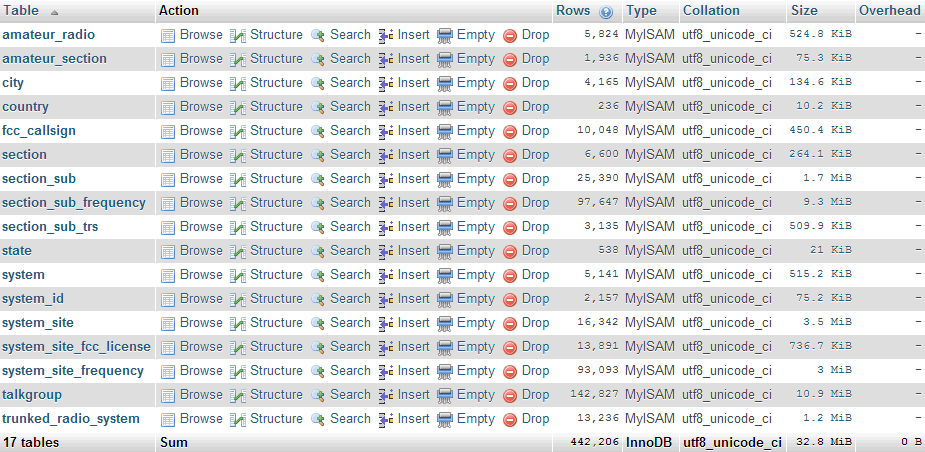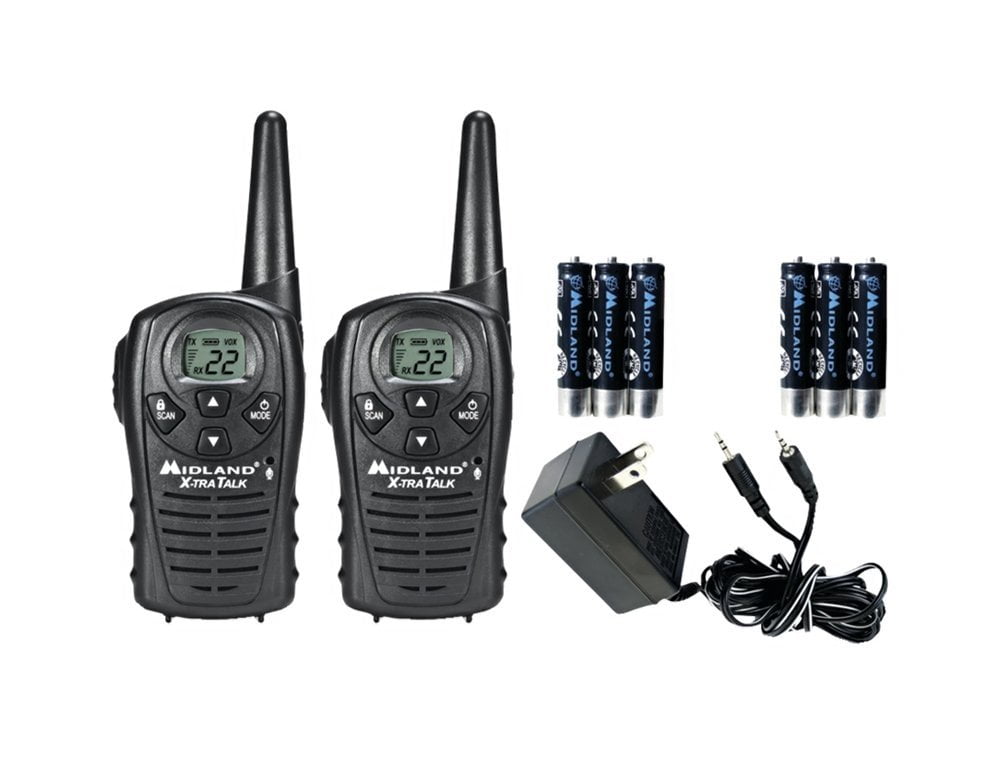

This compact muon linac opens the door to various muon accelerator applications including particle physics measurements and the construction of a transmission muon microscope. The accelerated Mu- 's are identified by momentum measurement and time of flight. In the RFQ, the Mu- 's are accelerated to 89 keV. The generated Mu- 's are initially electrostatically accelerated and injected into a radio-frequency quadrupole linac (RFQ). Negative muonium atoms (Mu- ), which are bound states of positive muons (μ+) and two electrons, are generated from μ+'s through the electron capture process in an aluminum degrader. Muons have been accelerated by using a radio-frequency accelerator for the first time. The paper discusses the details of a generalized optimization procedure that has been used for the design of mode stabilization scheme.įirst muon acceleration using a radio-frequency acceleratorīae, S. Resonant coupling scheme, along with dipole stabilization rods has been proposed to increase the mode separation. In this paper, we present a detailed study of the electromagnetic modes supported, which is followed by calculations for implementation of suitable techniques to make the desired operating mode stable against mixing with unwanted modes for an RFQ being designed for the proposed Indian Spallation Neutron Source (ISNS) project at Raja Ramanna Centre for Advanced Technology, Indore. This will affect the beam dynamics and reduce the beam transmission. If the undesired nearby modes have frequencies close to the operating mode, the electromagnetic field pattern in the presence of geometrical errors will not be stabilized to the desired field profile, and will be perturbed by the nearby modes. While designing an RFQ accelerator, care must be taken to ensure that the frequencies of these nearby modes are sufficiently separated from the operating mode. In a four vane type RFQ, there are several undesired electromagnetic modes having frequency close to that of the operating mode. Unlike other conventional RF linear accelerators, the electromagnetic mode used for its operation is not the lowest frequency mode supported by the structure. The Radio Frequency Quadrupole (RFQ) linear accelerator is an accelerator that efficiently focuses, bunches and accelerates a high intensity DC beam from an ion source, for various applications. The successful operation of the RFQ gave confidence in the physics understanding and technology development that have been achieved, and indicate that the road forward can now be traversed rather more quickly.įield stabilization studies for a radio frequency quadrupole accelerator The 352 MHz RFQ is built in 4 segments and in the first phase two segments of the LEHIPA RFQ were commissioned, accelerating a 50 keV, 1 mA pulsed proton beam from the ion source, to an energy of 1.24 MeV.

Singh, P.Ī 3 MeV proton Radio Frequency Quadrupole (RFQ) accelerator has been designed at the Bhabha Atomic Research Centre, Mumbai, India, for the Low Energy High Intensity Proton Accelerator (LEHIPA) programme.

Beam acceleration through proton radio frequency quadrupole accelerator in BARCīhagwat, P.


 0 kommentar(er)
0 kommentar(er)
